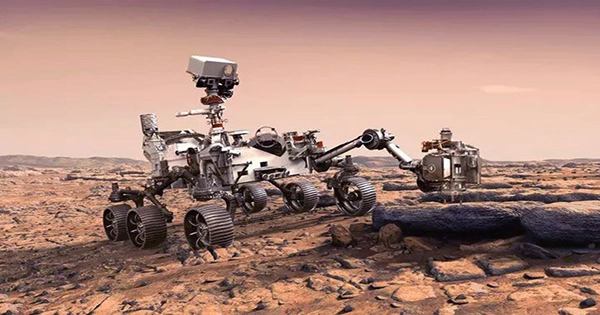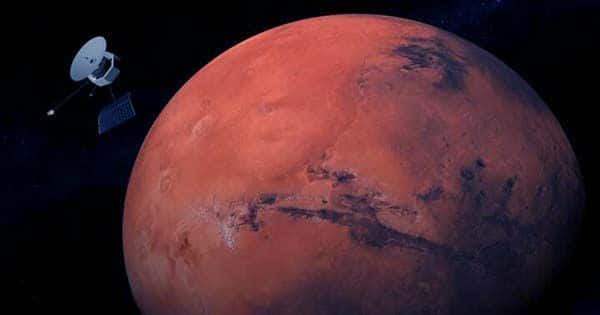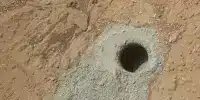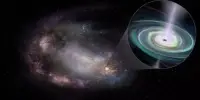According to a recent study, a massive, record-breaking earthquake that shook Mars in May of this year was at least five times larger than the previous record-holder.
The earthquake was clearly strange, but it’s unknown what caused it. It was not only the strongest earthquake ever observed on Mars, but it also shook the planet for 10 hours, making it the longest earthquake ever.
“The energy released by this single marsquake is equivalent to the cumulative energy from all other marsquakes we’ve seen so far,” says seismologist John Clinton of the Swiss Federal Institute of Technology in Switzerland, “and although the event was over 2000 kilometers (1200 miles) distant, the waves recorded at InSight were so large they almost saturated our seismometer.”
The earthquake’s magnitude was determined using a new methodology and published in Geophysical Research Letters. An earthquake of magnitude 4.2 that was discovered in August 2021 held the previous record.

According to Earth’s standards, where the strongest earthquake ever recorded had a magnitude of about 9.5, that might not seem like a significant quake. However, it is impressive for a planet that had previously been assumed to be seismically dormant until NASA’s InSight mission began recording its interior in early 2019.
Although Mars and Earth have many similarities, there are also some very significant distinctions. Since Earth’s magnetic field is thought to be the product of internal heat convection, the lack of tectonic plates and a coherent, global magnetic field are sometimes interpreted as indicators that not much is happening in the Martian interior.
Mars isn’t as seismically silent as researchers first thought, according to InSight. It groans and rumbles, giving away the presence of volcanic activity beneath the Cerberus Fossae region where the InSight lander is perched and keeping watch over the planet’s secret interior.
Monitoring marsquakes has other purposes besides figuring out how active the Martian interior is. Seismic wave propagation through and over a planet’s surface can reveal interior density changes. They can therefore be employed to rebuild the planet’s structure.
Normally, this is done on Earth, but hundreds of quakes detected by InSight have allowed researchers to create a map of the interior of Mars.
Even though there may have only been one seismic event in May, it feels like it was a significant one.
“For the first time we were able to identify surface waves, moving along the crust and upper mantle, that have traveled around the planet multiple times,” Clinton says.
Teams of researchers have examined these waves in two further, independent publications published in Geophysical Research Letters in an effort to comprehend the composition of the Martian crust, detecting regions of sedimentary rock and potential volcanic activity inside the crust.
On the earthquake itself, though, more has to be done. First, it could not be linked to any glaring surface features and originated close to, but not from, the Cerberus Fossae region. This implies that it might be connected to something buried beneath the crust.
Second, marsquakes often occur at either a high or low frequency, with the former exhibiting brief, rapid tremors and the latter featuring longer, deeper waves with larger amplitudes. The experts don’t fully understand why this earthquake combined both frequency bands. It’s possible, though, that previously observed high- and low-frequency marsquakes that were investigated separately were in fact two distinct components of one seismic event.
This may require scientists to reconsider how they interpret and study marsquakes, which could lead to the discovery of other mysteries buried beneath Mars’ seemingly peaceful surface.
“This was definitely the biggest marsquake that we have seen,” says planetary scientist Taichi Kawamura of the Paris Globe Institute of Physics in France.
“Watch this space for more great news after this.”














